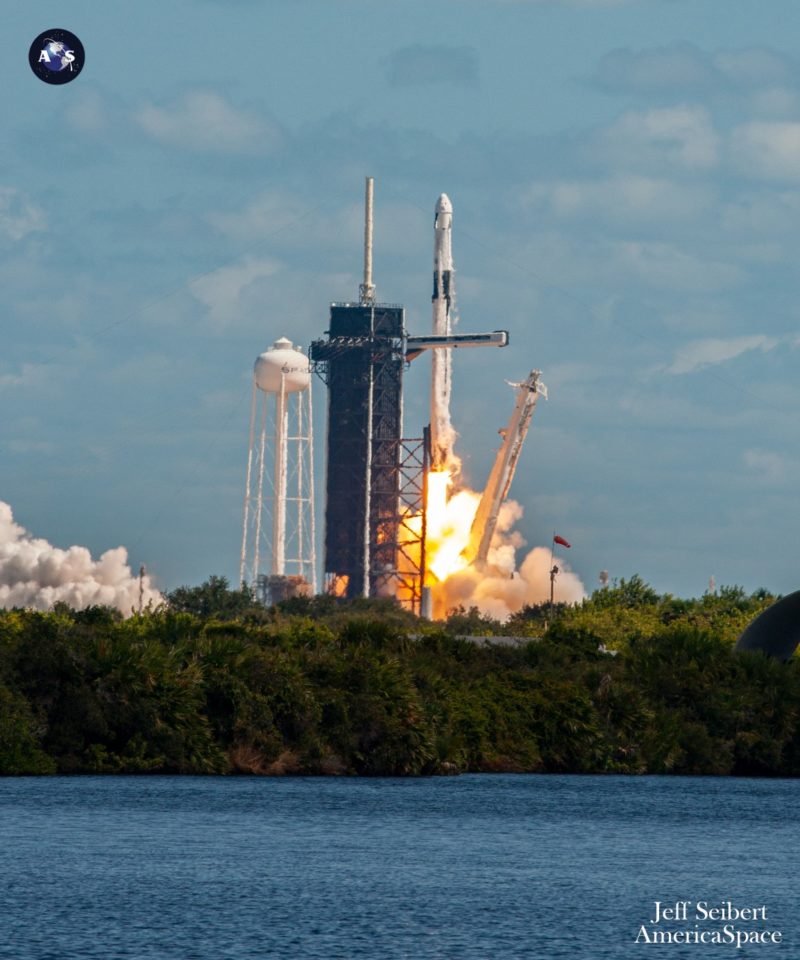
As SpaceX gears up for its third mission of the year out of Vandenberg Space Force Base, Calif., at 11:12 a.m. PST Friday, another Falcon 9 is facing 65-percent-favorable weather odds of launching the powerful Inmarsat-6 F2 Ka-band/advanced L-band geostationary communications satellite from storied Space Launch Complex (SLC)-40 at Cape Canaveral Space Force Station, Fla., late Friday evening. The back-to-back missions will be the fourth and fifth of February, as SpaceX aims to close 2023’s second month on at least six flights, with liftoff of Dragon Endeavour and Crew-6 astronauts Steve Bowen and Warren “Woody” Hoburg of NASA, Russian cosmonaut Andrei Fedyayev and Sultan Al-Neyadi of the United Arab Emirates (UAE) expected from historic Pad 39A at Florida’s Kennedy Space Center (KSC) no sooner than 2:07 a.m. EST on the 26th.
According to the 45th Weather Squadron at Patrick Space Force Base, a low-pressure system is expected to drag a long cold front through the Spaceport late Friday, as teams ready the Falcon 9 core—thought to be B1077, most recently used only four weeks ago—to lift Inmarsat-6 F2 uphill at 10:59 p.m. EST Friday, at the start of a 90-minute “window”. “Scattered rain showers with a possibility for a few storms should arrive in the local area just prior to the opening of the primary launch window and persist through early Saturday morning, accompanied by elevated winds,” noted the 45th in a Wednesday update.
All told, this has garnered a 65-percent probability of acceptable conditions for Friday’s opening launch attempt, with a marked improvement to 90-percent-favorable for the backup opportunity on Saturday. The weekend’s tail end should be generally dry and marred only by a risk of violating the Cumulus Cloud Rule, “as low-topped, onshore-moving Atlantic showers cannot be ruled out”, and the steady movement of the cold front into the Atlantic Ocean is expected to degrade recovery conditions for B1077.
This particular Falcon 9 core entered service last 5 October, when she hauled Dragon Endurance off the planet, carrying U.S. astronauts Nicole Mann and Josh Cassada, Japan’s Koichi Wakata and the first cosmonaut to ride a Commercial Crew vehicle, Russia’s Anna Kikina. Last month, B1077 pulled her second duty when she smoothly delivered the U.S. Space Force’s sixth Block III Global Positioning System (GPS) navigation and timing satellite on the first leg of its trek to Medium Earth Orbit (MEO).
Having thus lofted GPS III-06 on 18 January, and with Inmarsat-6 F2 targeted for 18 February, B1077 may fly her second and third missions only 31 days apart. The current turnaround record between two launches by the same orbital-class booster is a mere 21 days, established by the B1062 core back in April of last year.
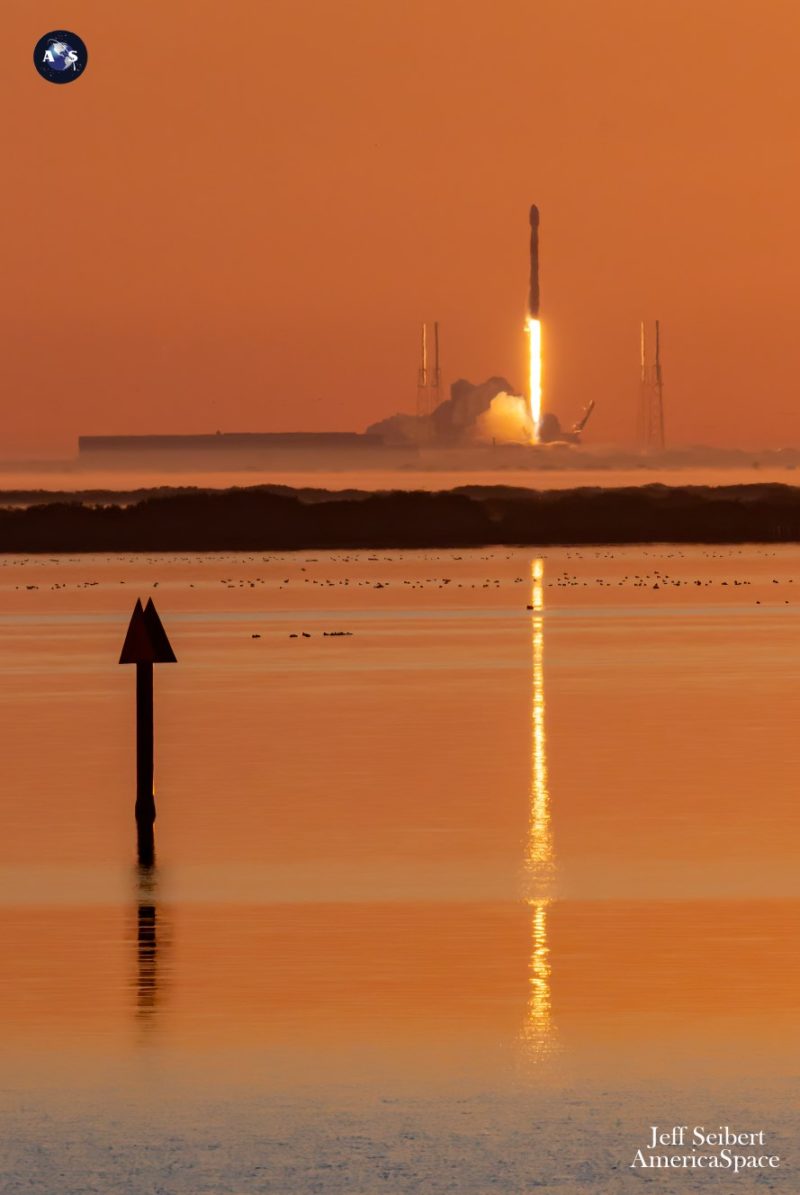
Primary payload on Saturday’s mission is the 12,000-pound (5,500-kilogram) Inmarsat-6 F2, the second member of a sixth-generation fleet of global mobile communications satellites operated by London, England-based Inmarsat. Founded in 1979, originally as the International Maritime Satellite Organization, it sought to establish a satellite communications network for the maritime community, although this remit later expanded in the 1980s to include improvements to aeronautical communications for public safety.
Over the years, Inmarsat—whose “combination” merger with Carlsbad, Calif.-based ViaSat, Inc., received formal UK Government approval last September—leveraged its technologies to encompass disaster relief, aid distribution and communications support in the aftermath of several major natural calamities, including the November 2013 onslaught of Typhoon Haiyan in the Philippines.

Built by Airbus Defence & Space, on the bones of its tried-and-true Eurostar-3000 “bus”, Inmarsat-6 F2 is designed for a minimum 15-year lifetime and will exclusively utilize on-board electric propulsion to reach its operational perch in geostationary orbit, some 22,300 miles (35,700 kilometers) above Earth. When fully unfurled in orbit, the satellite’s wingspan will extend to 154 feet (47 meters)—roughly equivalent to that of a Boeing 767—and the satellite boasts a total payload power of 21 kilowatts
Contracts to fabricate two Inmarsat-6 birds were awarded in December 2015, reportedly worth somewhere in the region of $600 million, with an expectation that the first of the new fleet—Inmarsat-6 F1—would be delivered by Airbus “by 2020”. Ultimately, delays and the impact of the COVID-19 coronavirus pandemic meant that Inmarsat-6 F1 did not arrive in Tanegashima for launch until November 2021.
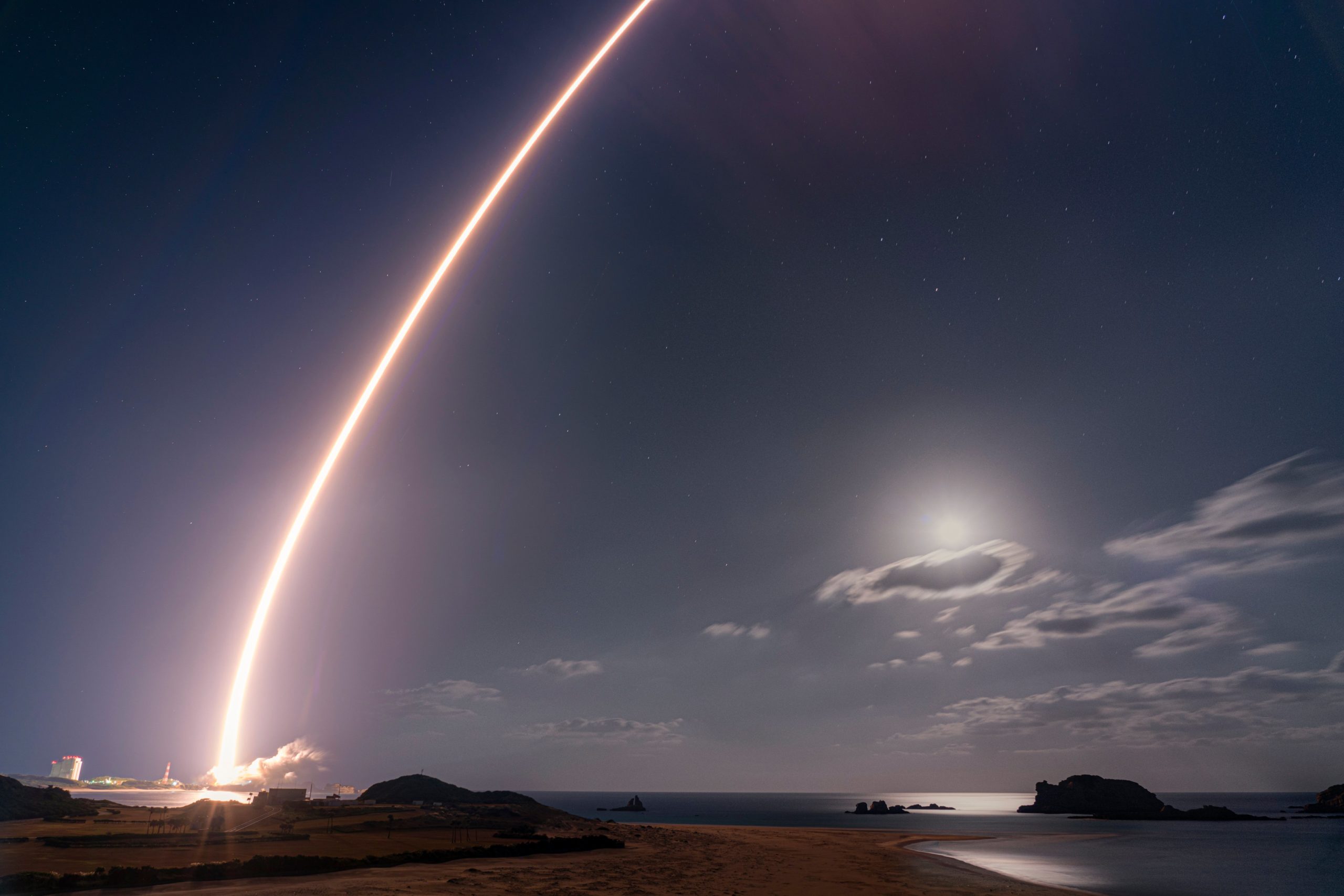
Like Inmarsat-6 F1, which rode a H-IIA booster to orbit out of Japan’s Tanegashima Space Center on 22 December 2021, the new arrival carries a 30-foot-aperture (9-meter) L-band antenna, with an area of 1,000 square feet (100 square meters), and nine multi-beam Ka-band antennas. Touted by Inmarsat as the world’s most advanced communications satellites, their L-band ELERA payloads furnish land, sea and air narrow-band communications, supporting users from business aviation to yachting and from military combat operations to emergency, disaster and water management, whilst the Ka-band Global Xpress payload facilitates worldwide high-speed mobile broadband.
According to Airbus, the reduced mass achieved by using all-electric propulsion—powered by an on-board supply of 2,200 pounds (1,000 kilograms) of xenon—has directly enabled the satellite’s unique dual-payload L-band and Ka-band mission. An exceptionally large next-generation digital processor provides full routing flexibility over up to 8,000 channels and dynamic power allocation to more than 200 L-band spot-beams and Ka-band spot-beams that are steerable over the full Earth-disk.
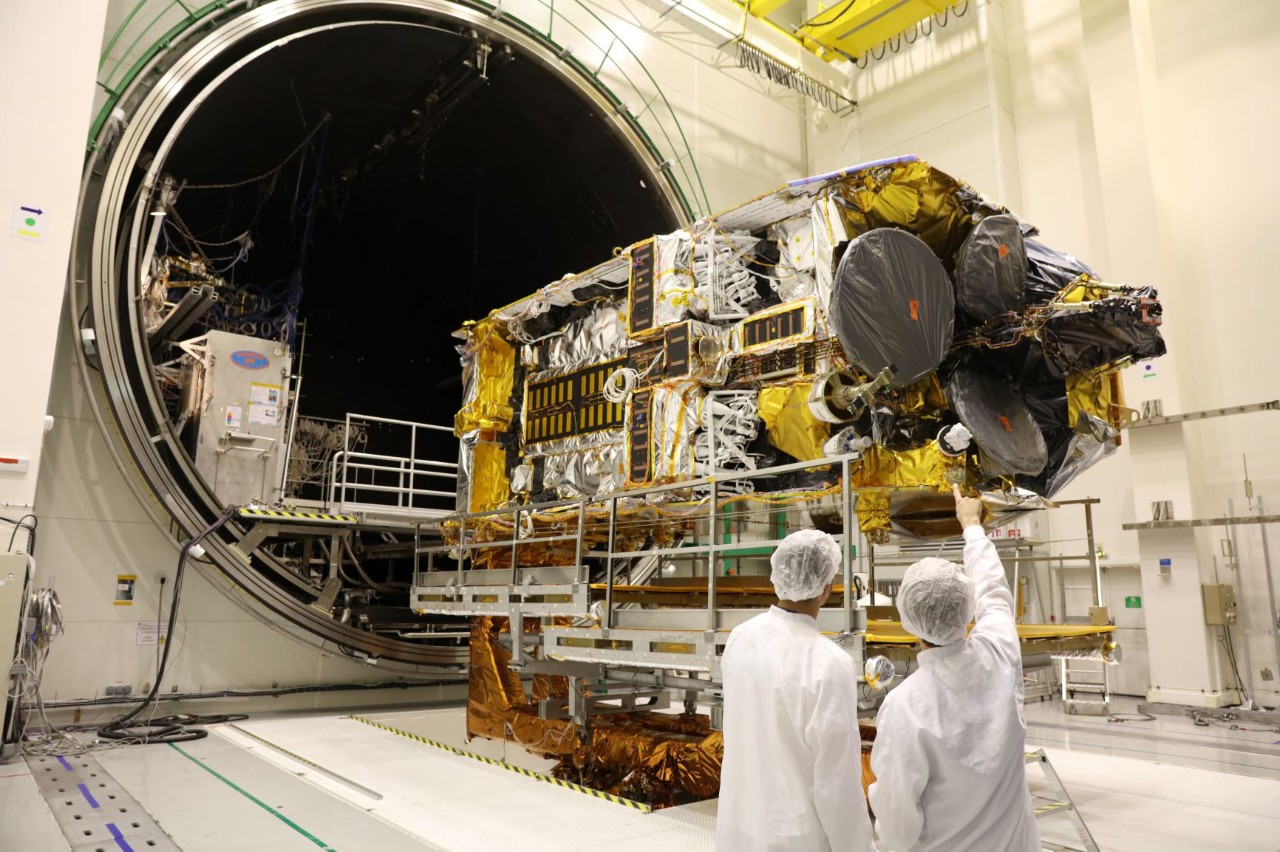
“The I-6 journey began six years ago,” said Inmarsat CEO Rajeev Suri, speaking in late 2021 at the time of the Inmarsat-6 F1 launch, “with our experts sketching out an ambitious concept of two hybrid satellites that would add significant additional capacity and capabilities for our two worldwide constellations: the high-speed broadband Global Xpress network and our narrow-band ELERA.”
Following its launch 14 months ago, Inmarsat-6 F1 reached geostationary orbit, initially occupying a “test location” over the Atlantic Ocean in July 2022, with an expectation that it will enter operational service over the Eastern Indian Ocean later this spring. Elsewhere, Inmarsat-6 F2 headed smoothly into its months-long Thermal Vacuum Chamber (TVC) campaign at Airbus’ facility in Toulouse, France, last April, which saw the satellite subjected to temperature extremes from -173 degrees Celsius (-280 degrees Fahrenheit) to 120 degrees Celsius (250 degrees Fahrenheit), as well as rapid cycling and long-duration temperature “plateaus” as long as 30 days to simulate the harsh conditions of space.
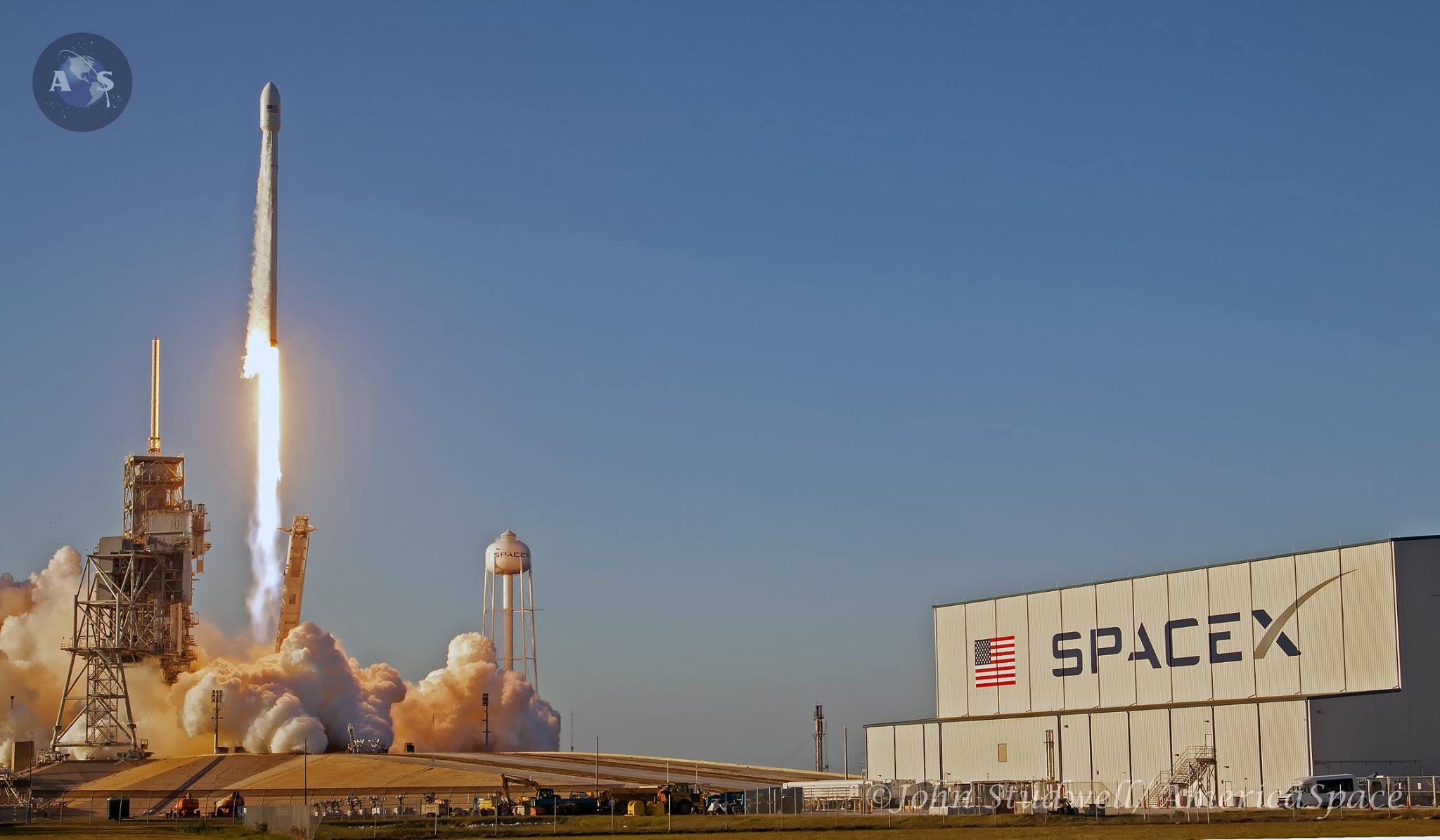
Inmarsat selected SpaceX as its launch provider for Inmarsat-6 F2 in February of last year, with Saturday’s mission set to become its second geostationary payload to ride a Falcon 9, following the May 2017 launch of Inmarsat-5 F4. In January, the satellite was transported from Toulouse to Cape Canaveral, via Lajes Field in the Azores, St. John’s, Newfoundland, and Washington, D.C., aboard Airbus’ Beluga heavy airlifter.
On Monday, the Autonomous Spaceport Drone Ship (ASDS), “Just Read the Instructions”, put to sea out of Port Canaveral, bound for a recovery position some 460 miles (750 kilometers) offshore in the Atlantic. With its Friday night retrieval of B1077, this will be JRTI’s third Falcon 9 “catch” of 2023.
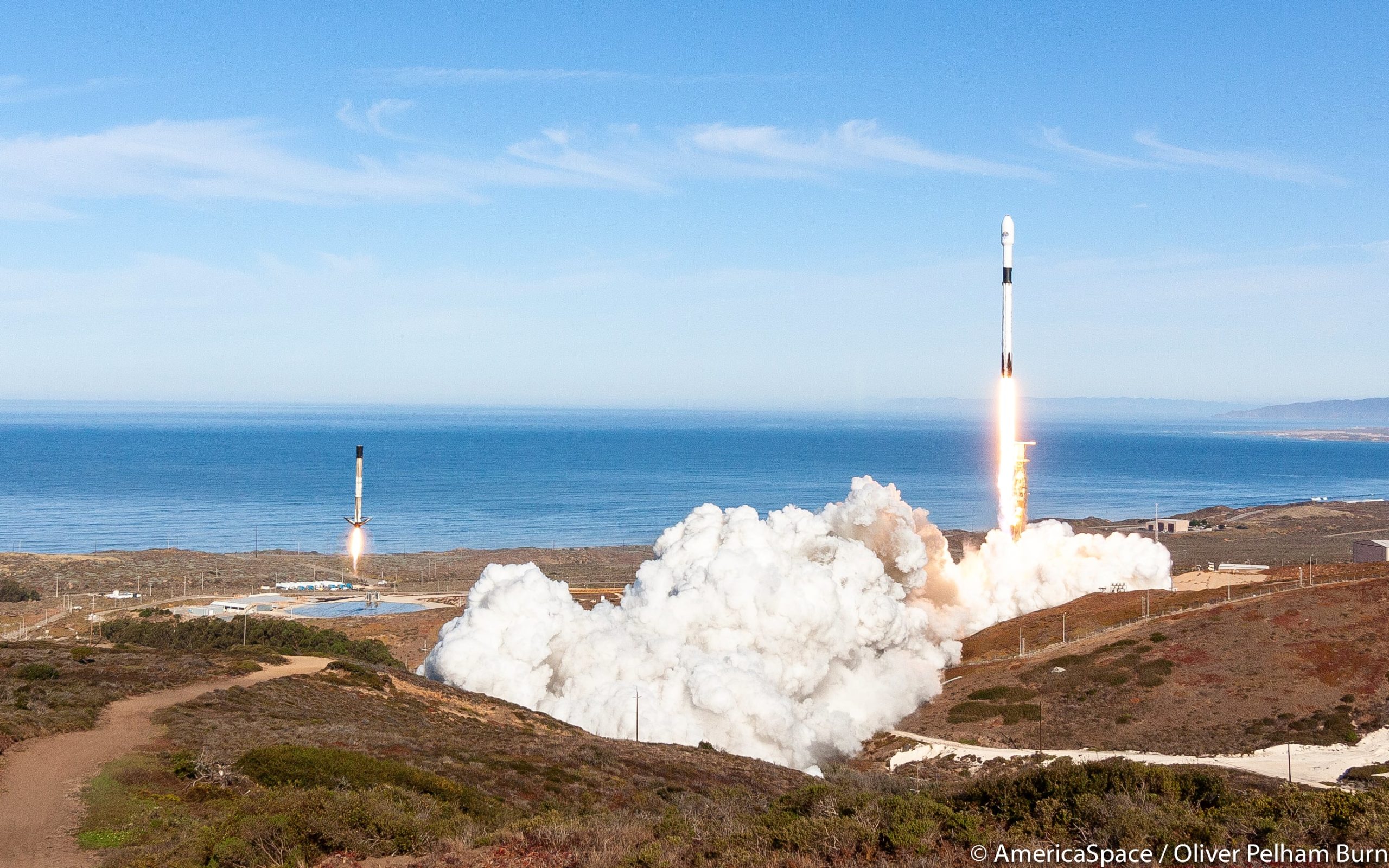
But before Inmarsat-6 F2 sets sail, another Falcon 9 veteran—B1063, making her ninth flight—is set to rise out of Vandenberg’s Space Launch Complex (SLC)-4E no sooner than 11:12 a.m. PST Friday, with a backup opportunity at 10:58 a.m. PST Saturday. Primary payload is a “stack” of 51 Starlinks, destined for insertion into low-Earth orbit at an altitude of approximately 350 miles (570 kilometers), inclined 70 degrees to the equator.
B1063 entered operational service at Vandenberg back in November 2020, when she delivered the NASA-led Sentinel-6A Michael Freilich radar-imaging oceanography satellite into low-Earth orbit. She then briefly relocated to the East Coast, lofting a 60-strong Starlink stack in May 2021, before returning west for six further missions between November 2021 and last October.
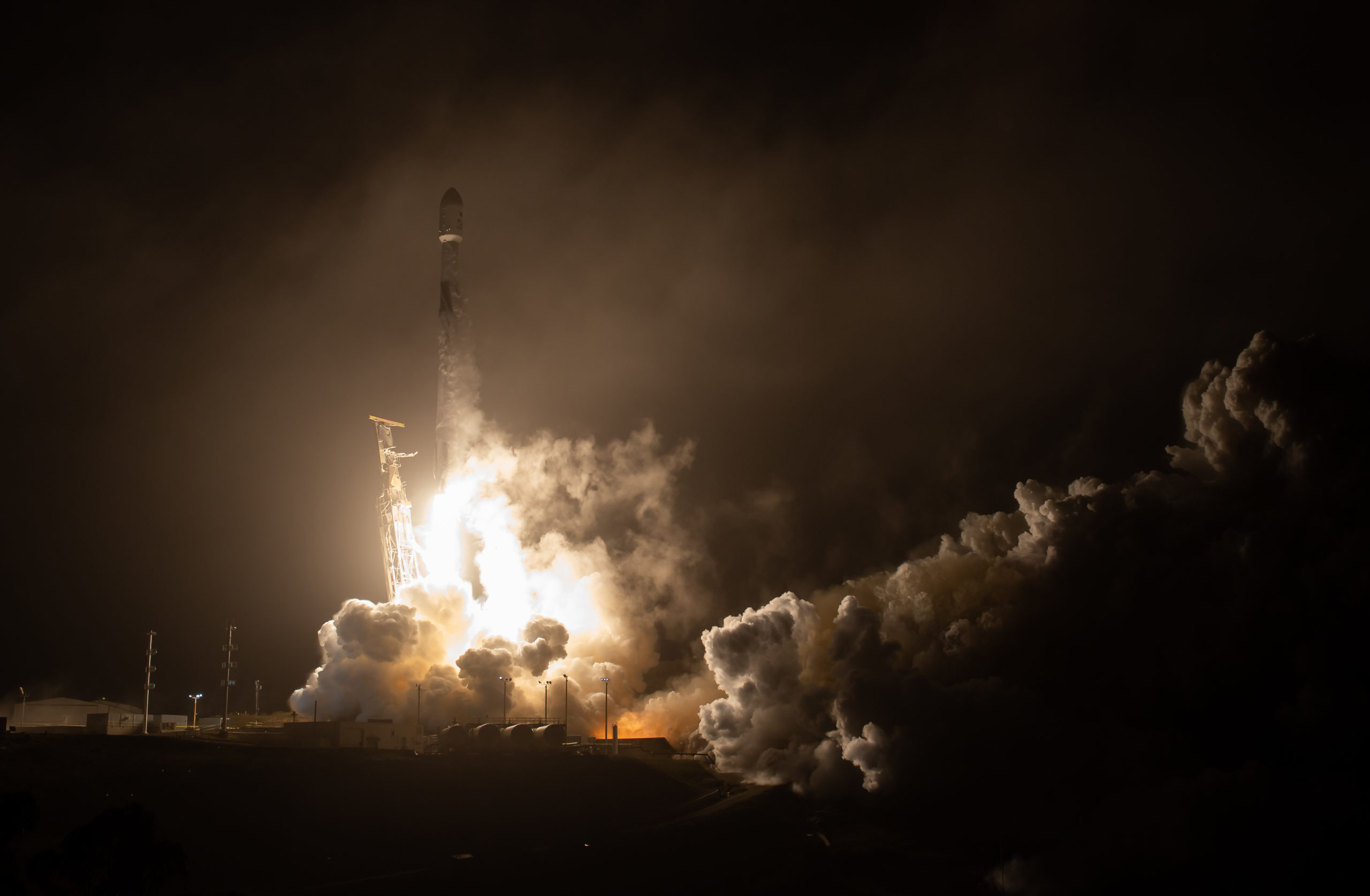
All told, B1063’s career to date has seen her lift 308 Starlinks to space, as well as Sentinel-6A Michael Freilich and NASA’s Double Asteroid Redirection Test (DART) to intercept the binary asteroid 65803 Didymos and deploy a high-velocity kinetic impactor to hit its tiny companion, Dimorphos. Seven of B1063’s missions ended with offshore ASDS landings and one alighted on solid ground at Vandenberg.
In readiness for the Starlink launch, the West Coast drone ship “Of Course I Still Love You” reportedly put to sea from Port of Long Beach, earlier this week, but had to turn back on account of poor sea conditions. The ASDS has since begun her return journey to the primary recovery zone, with an expectation that two ASDS landings may be seen on opposite sides of the United States, less than nine hours apart on Friday.





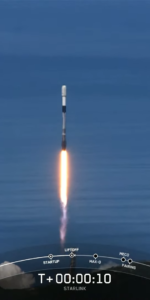
Godspeed!